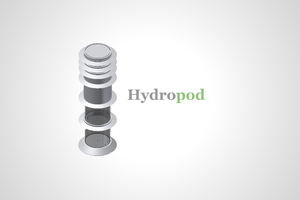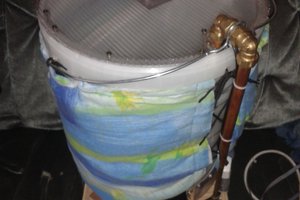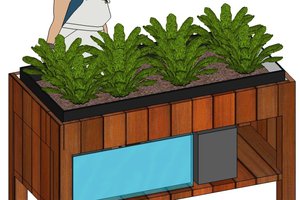Our System's Advantages:
- Laser-Cuttable
- Sustainable Home Agriculture
- Designed for DIY
- Flexible Schedule Interface
- Low Parts Count
- Adapts to Current Home Irrigation Parts
One of the chief design challenges we decided to tackle was to make a 1-to-8 valve/multiplexer system to distribute the water from a single pump. Having only one valve (taking the place of 8 solenoids) reduces the cost and complexity of the overall product in favor of a single complex component. We believed that although the solenoid-per-channel approach was more representative of the approach a lone hacker would take in making a system for themself, a cheaper system would open the product market up further and increase the environmental benefit due to the number of users.
We believe that the best user interface for this product will be via an embedded wifi-web server. This will allow a user to configure the product from a mobile device or a laptop. Configuration should include a schedule which will specify which plant is receiving water, how much water it needs, what time of the day it needs to be watered, and what days of the week it should be watered. The product will have a real-time-clock by which it knows to repeat its schedule. The embedded computer will be able to interface to an actuator to choose which plant to dispense water to, a pump to dispense the water, and sensors to get feedback on the moisture levels of the plants (or to be alerted to a leaky system).
The Product is designed to mount atop an easily-sourced 5-gallon bucket to use as a reservoir (with optional laser-cut adapter plate for a 55-gallon drum). In determining the appropriate reservoir size versus typical plant water needs, we settled on a system that could maintain 8 outlets with regular filling of the 5-gallon reservoir. The system is not designed to be scalable with attachments to the base unit, but by adding an additional base unit for each 8 plants that need to be watered. This has the added benefit of a reduced failure footprint in the event that something goes wrong with a base unit.
The system can be controlled by something as simple as an arduino with wifi shield all the way up to a raspberry pi or a full-fledged PC. The I/O is relatively simple, only needing to control a pump, a single servo/stepper, and receiving RS232 feedback from moisture sensors in your plants (if equipped).
 Baltimore Hackerspace
Baltimore Hackerspace
 Bart.remans
Bart.remans

 Morning.Star
Morning.Star